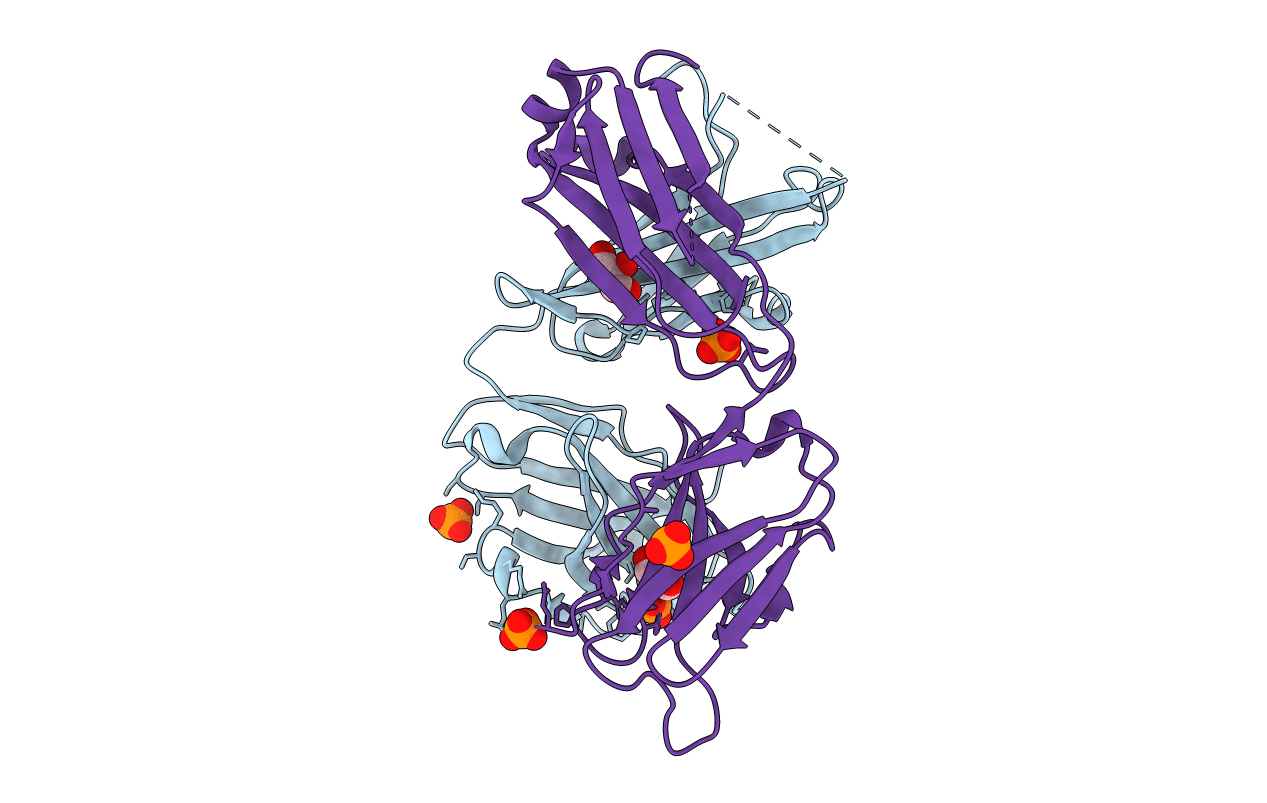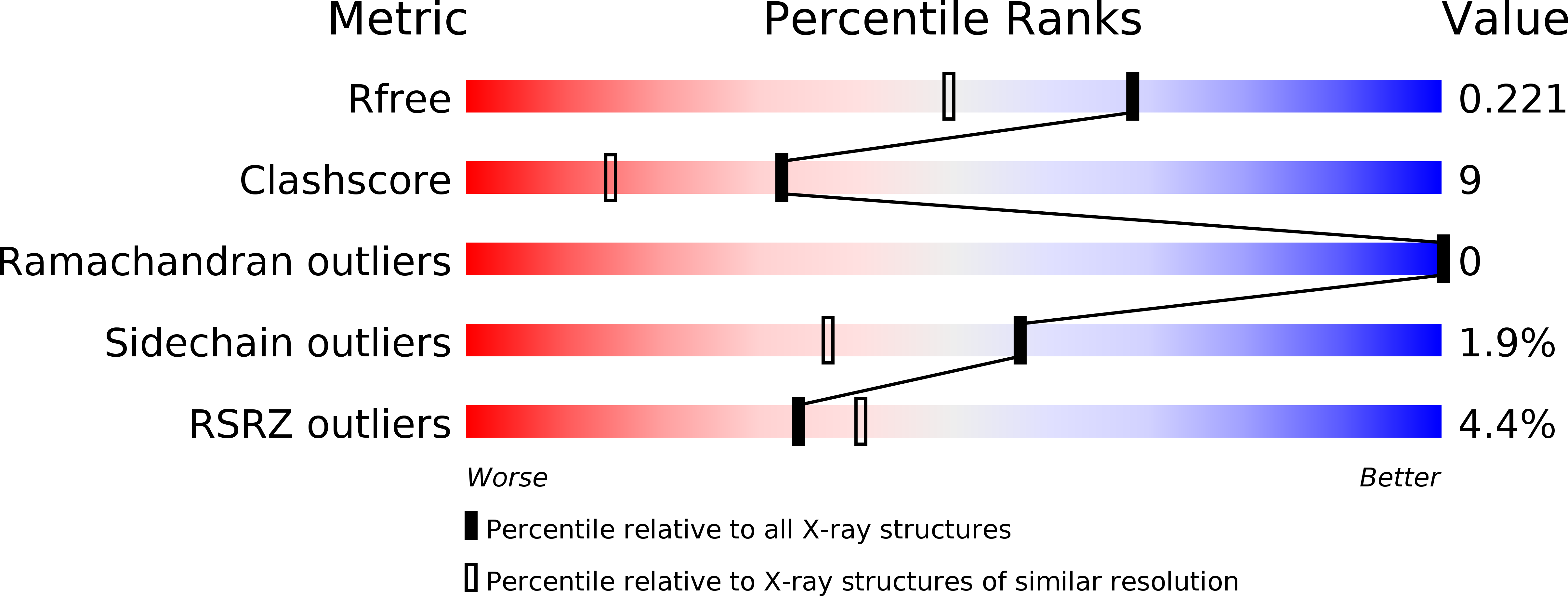
Deposition Date
2002-08-27
Release Date
2003-09-23
Last Version Date
2024-10-30
Entry Detail
PDB ID:
1MJ8
Keywords:
Title:
High Resolution Crystal Structure Of The Fab Fragment of The Esterolytic Antibody MS6-126
Biological Source:
Source Organism:
Mus musculus (Taxon ID: 10090)
Host Organism:
Method Details:
Experimental Method:
Resolution:
1.75 Å
R-Value Free:
0.22
R-Value Work:
0.15
Space Group:
P 1 21 1


